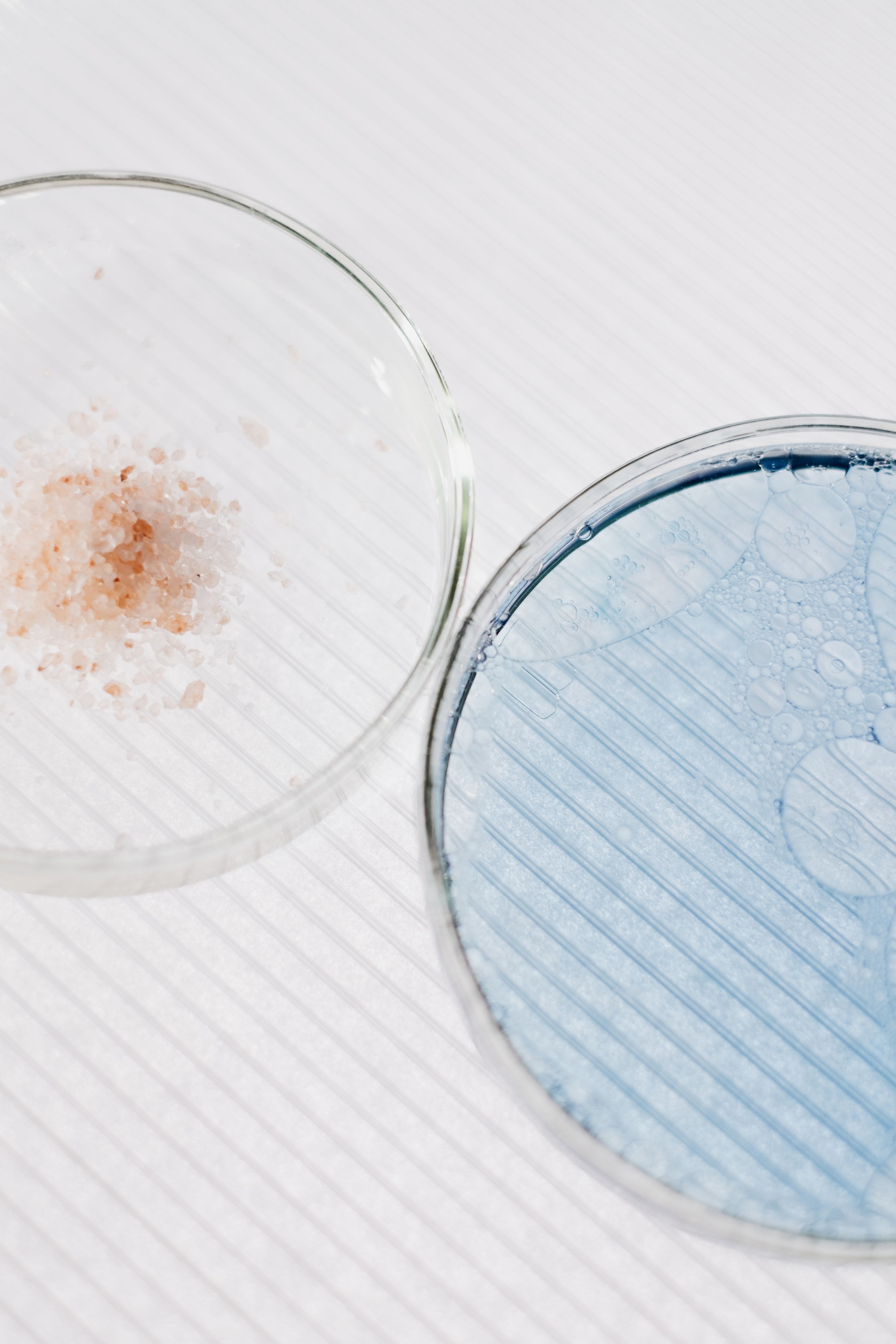Skin Health Masterclass: the Microbiome
Cart (0)
Your cart is empty
Continue Shopping
The Diversity Within
One of the most intriguing aspects of the skin microbiome is its diversity, which varies across different areas of the body. Oily, dry, and moist regions each host distinct microbial communities, showcasing the complexity of our skin's ecosystem.
Guardians of Skin Health
Far from being mere hitchhikers, these microorganisms are vital players in maintaining skin health. They form a frontline defense against pathogens, aid in wound healing, regulate inflammation, and support the immune system. The delicate balance they maintain is crucial for overall skin function.
Influential Factors
Several factors influence the composition and stability of the skin microbiome. Age, gender, hygiene practices, use of antibiotics, diet, and environmental exposures all leave their mark. Disruptions to this ecosystem, known as dysbiosis, have been implicated in various skin conditions such as eczema, psoriasis, acne, and delayed wound healing.
Microbiome Rebalance
Addressing dysbiosis is key to restoring skin health. Innovative approaches like the Hydrolytic®️ Enzyme offer promising solutions. By selectively targeting and deactivating excess microbes while nurturing beneficial ones, it helps rebalance the skin microbiome. This targeted intervention holds immense potential in managing conditions like eczema, psoriasis, and acne by addressing their root causes.
Conclusion
The skin microbiome is not just a passive bystander but a dynamic community essential for skin health. Taking care of your skin’s microbiome is essential for keeping the skin healthy, preventing infections, regulating inflammation, and supporting overall skin function and appearance.